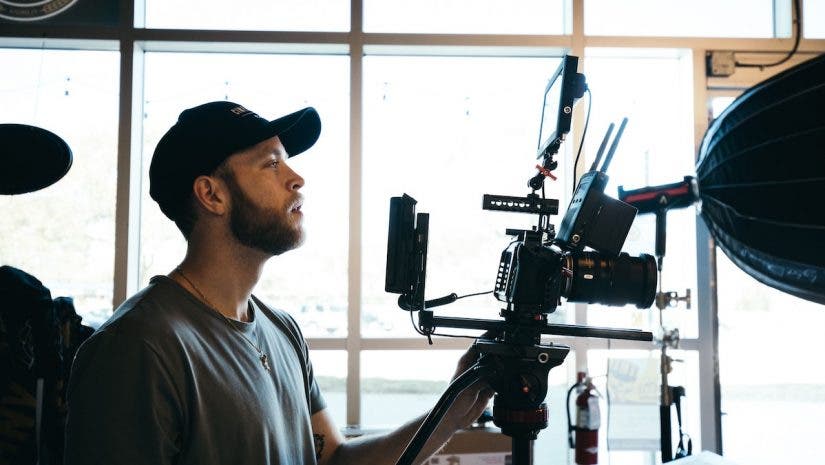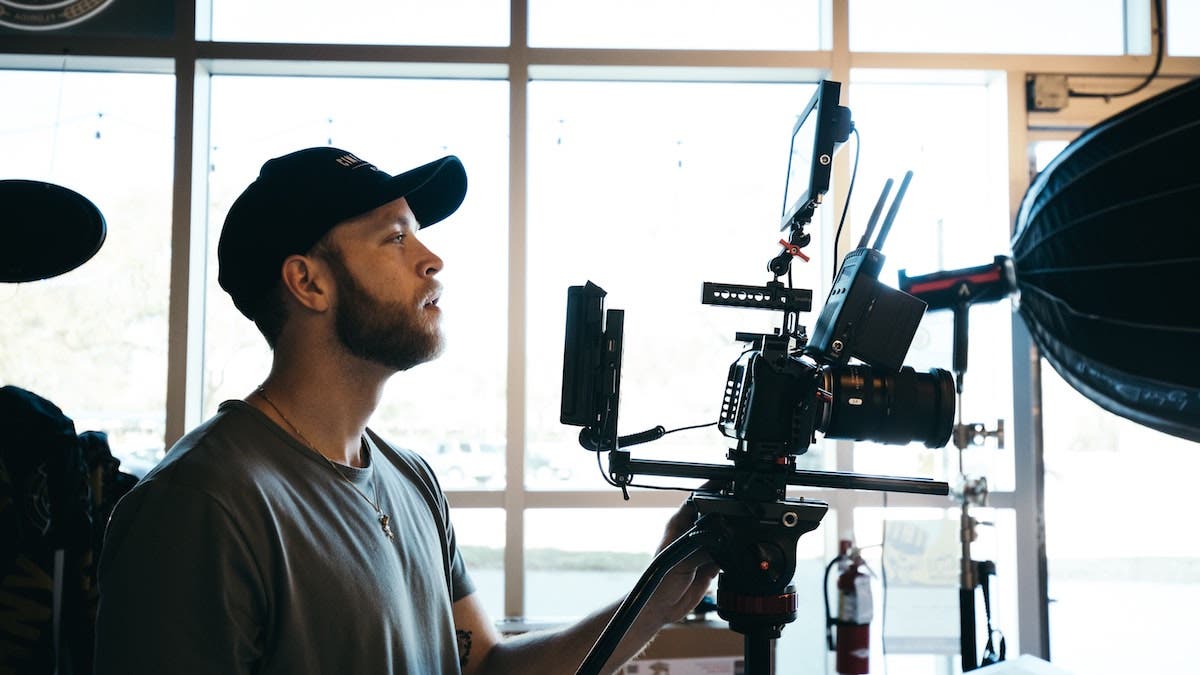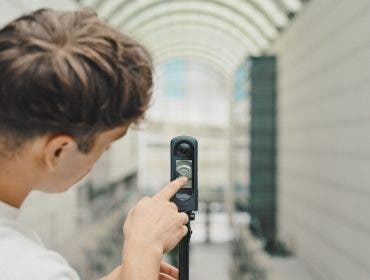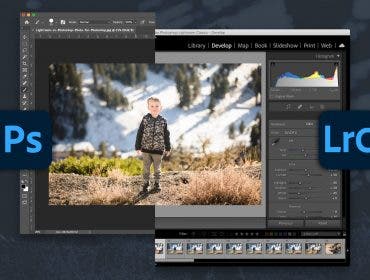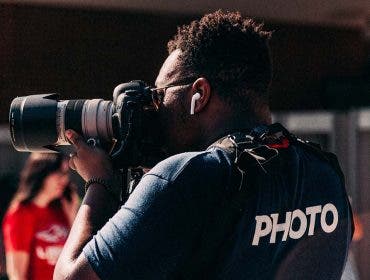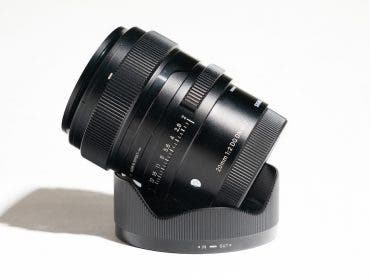When people refer to shoes — hot or cold — in the world of photography, they are most commonly talking about the metal bracket that you find on top of your camera where you typically slide in an off-camera flash. There are also other variations of this design. For example, here are ones that contain electronics and ones that do not. In this article, I will break down the differences between a hot shoe vs. cold shoe. It will also teach you how and when to use each.
What is a Hot Shoe?
A hot shoe is the electronic variant of connector that you generally find on top of your camera. This slot contains electronic contacts that allow you to control certain compatible accessories such as flashes, some microphones, wireless triggers, viewfinders, and other gear. The accessories will have pins that will line up with the contacts on the hot shoe. This contact allows your camera to gather information from the accessory and control it.
Please note: Each camera manufacturer uses their own pin and connector system. If you don’t have a fully compatible accessory for your camera’s manufacturer, you may not get the full benefit. Luckily, most manufacturers have the same legacy center point connector. This will allow you to fire pretty much any flash that has a center pin connector. Although, you may lose the camera reading scene information and controlling the amount of light being emitted by the flash. While a flash is the most common accessory for hot shoes, there are several other electronics — such as the ones I previously listed — which can also be controlled by the camera.
How Do I Use a Hot Shoe?
In order to use a hot shoe compatible device, you slide it into the hot shoe slot and make sure to tighten. The camera should then be able to communicate information in both directions. It can reade information from the device and send information to the device in order to control it.
An example of this would be that a microphone passing the audio information to the camera through the hot shoe. The camera could then decide to maintain a certain level based on your camera settings.
Recommended Products
There are a few adapters and hot shoe mounts that perform a variety of functions. Check out the list below to see if a hot shoe issue you may have can be solved by simply using a hot shoe adapter.
Wein SSHSHS Safe-Sync Hot Shoe to Hot Shoe with PC Socket
This is a must-have for people who would like to use a high-voltage flash with a camera that has a standard input voltage of six volts. This device takes up to a 400-volt input flash and reduces the voltage to less than six volts at the camera synch input. This protects your camera from being fried by too much power. A secondary benefit of this unit is that, with it, you can use a studio sync flash with any camera that has a hot shoe.
Flashpoint Vertical TTL Hot Shoe for Camera Remote
If you have used your wireless hot shoe remote and wished you didn’t have to keep tilting your camera to read the display, this is the device you need. This device puts the display at a much more comfortable viewing angle to save you from frustration — especially when operating your camera from an elevated position, such as a tripod.
What is a Cold Shoe?
A cold shoe uses the same attachment system and receptacle that you are familiar with on the top of your camera. The difference is that a cold shoe has no electronic connection and does not transmit information from the accessory to the camera. It is also unable to be controlled through a cold shoe. Cold shoes are also used to mount accessories in many different ways, such as on articulating arms.
How Do I Use a Cold Shoe?
You can use a cold shoe in the same way as a hot shoe. You are simply losing the functionality of the hot shoe. There are also many accessories that do not have electronic connectors, but still use the cold shoe as a form of attachment point so that you can slot it into the hot shoe of your camera and have it be accessible atop your camera.
Please note: There won’t be information passing back and forth from accessory to camera.
Recommended Product
SmallRig Cold Shoe, 2-Pack
Most screens on the back of DSLRs and mirrorless cameras are very small and often not very well-suited for video features. This cold shoe mount ball head with 1/4” 20 threaded male adapter allows you to mount a larger monitor. This allows you better visibility for focusing and often come with extra features that may not be found on your camera such as waveform or false color, which helps with exposure much more than using a histogram.
Frio Grasp Mini Multipurpose Clamp Cold Shoe Setup
Some accessories that are meant to be used directly on top of your camera are often better suited to be used separate from your camera. A flash, on-camera light, and a microphone are some examples. If you want to shoot a wide shot of your subject but want to use any of those accessories, using this clamp with the cold shoe attachment point allows you to place it closer to your subject while freeing you to get the perfect framing.
You now know the difference between a hot shoe vs. cold shoe. One is not inherently better than the other — they just serve different purposes. There are times when you need a hot shoe so you can get the most out of your accessory. Meanwhile, there are times when you can forgo the electronic connection of a hot shoe and go with a cold shoe to get your accessory into a position off of your camera where you need it. This guide has hopefully prepared you to make those decisions when choosing between a hot shoe vs. a cold shoe.
